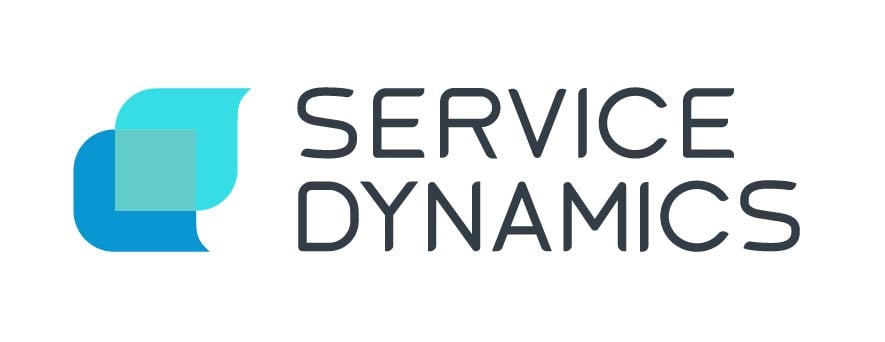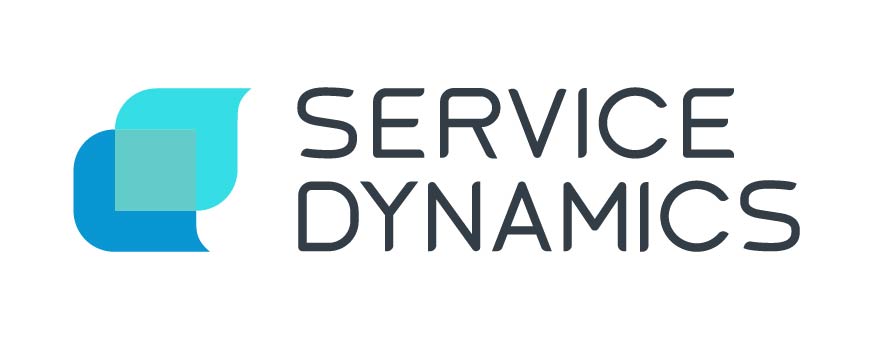Your service desk might be busy, but is it really performing well?
You can’t judge a Service Desk by isolated metrics like the number of tickets resolved alone. The true measure of success lies in KPI's that go beyond raw numbers to show how well the desk meets your business goals. These KPI's track things like customer satisfaction and resolution rates. As a result, you get a clearer picture of user satisfaction and how efficiently your agents resolve issues.
What is the difference between KPIs and service desk metrics?
How do you tell if your help desk delivers? The answer lies in understanding the difference between service desk metrics and KPIs. Let’s see how they can help you measure your support service’s success.
Step 1: Understand what KPIs are
A key change is realising that the service desk evaluation shouldn't focus only on ticket volume. Service desk KPI's are benchmarks for user satisfaction and the efficiency of your service desk agents.
These metrics provide you with more context and also help you observe how well your service desk platform meets your goals.
Step 2: Identify KPIs for your business
Focusing on metrics that align with your business goals is essential. Some of the most crucial KPIs that you need to consider are:
Ticket volume
It monitors the number of support tickets received, indicating team workload.
How to manage it? Use service desk software to track ticket submissions over the chosen timeframe and Queues for Jira & JSM to display cross-project ticket volumes.
Cross-project request queues view in Queues for Jira & JSM
First contact resolution rate
This KPI reflects how often issues are resolved on first contact, minimising follow-up interactions leads to swifter overall resolutions and improved end user satisfaction.
How to improve it? Use Extension for Jira Service Management. It creates dynamic request forms that display the necessary fields and group related ticket info into bundles. It makes request forms easier to understand.
Clear request forms in Extension for Jira Service Management app
Predicted backlogs
Uses historical data to estimate future ticket volumes.
How to measure it? Use forecasting tools within your service desk software. If it’s Jira Service Management, try Queues for Jira & JSM app. It filters and displays tickets based on priority, assignee, and other factors. This helps you focus on urgent issues.
Filtering options in Queues for Jira & JSM
Support tickets: opened vs. solved
This KPI compares opened and resolved tickets to evaluate the efficiency of your service desk and your team.
How to track it? Try Queues for Jira & JSM to view issues from all projects in a single location. This makes it easier to compare the number of open and closed tickets.
Queues view in Queues for Jira & JSM
SLA compliance
Measures adherence to agreed resolution times, building trust through timely support.
How do you keep everyone in the loop? Use Extension for Jira Service Management to show the SLA in the request details view. This keeps customers always up to date with their tickets.
SLAs configuration in Extension for Jira Service Management
Step 3: Set realistic targets
After identifying the relevant KPIs for your organisation, set realistic targets for each one. Establish a baseline for current performance and goals to avoid overwhelming your team. Also make sure your targets are SMART:
- Specific
- Measurable
- Achievable
- Relevant
- Time-bound
As always, it is important to assess these goals and KPIs regularly, times change, people change and business objectives change, you need to be confident that the performance of your service desk aligns to these changes.
Step 4: Use automation for tracking
Use automated tools for real-time data collection and analysis, like JSM's customisable dashboards to track KPIs. This reduces manual work and errors. It’s imperative that you train your team to master these tools for ongoing optimal success.
Step 5: Continuously adjust strategies
Monitoring KPIs requires ongoing analysis. Review performance data to find trends and areas to improve. Also, refine strategies to align with business goals and customer needs. By engaging your team in this process you will improve accountability and enable proactive problem-solving.


